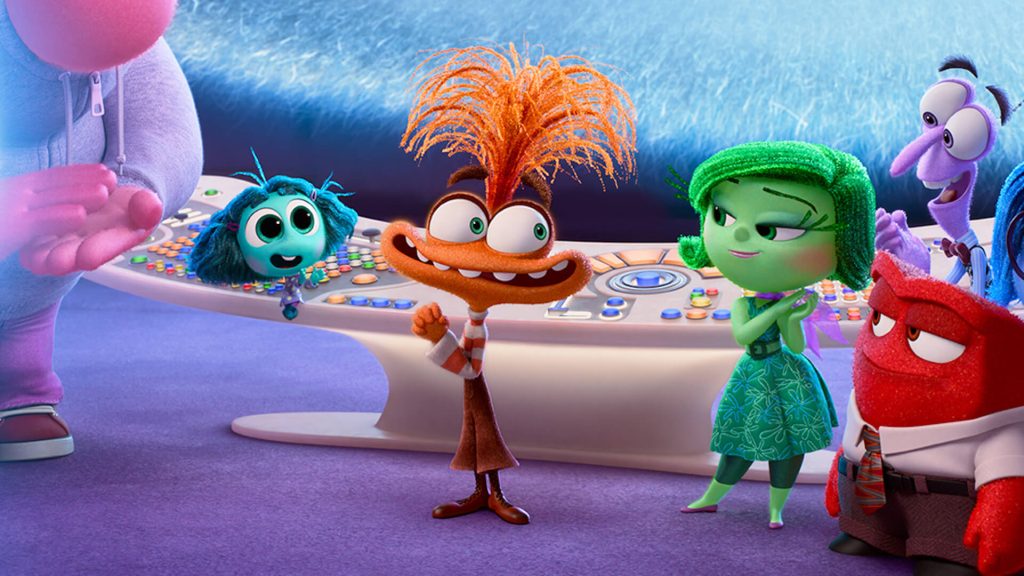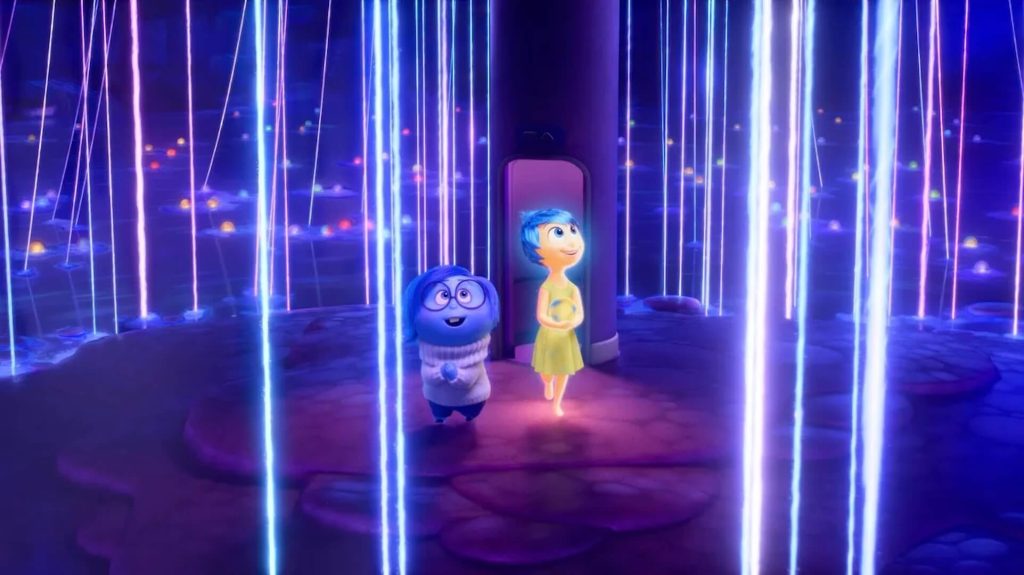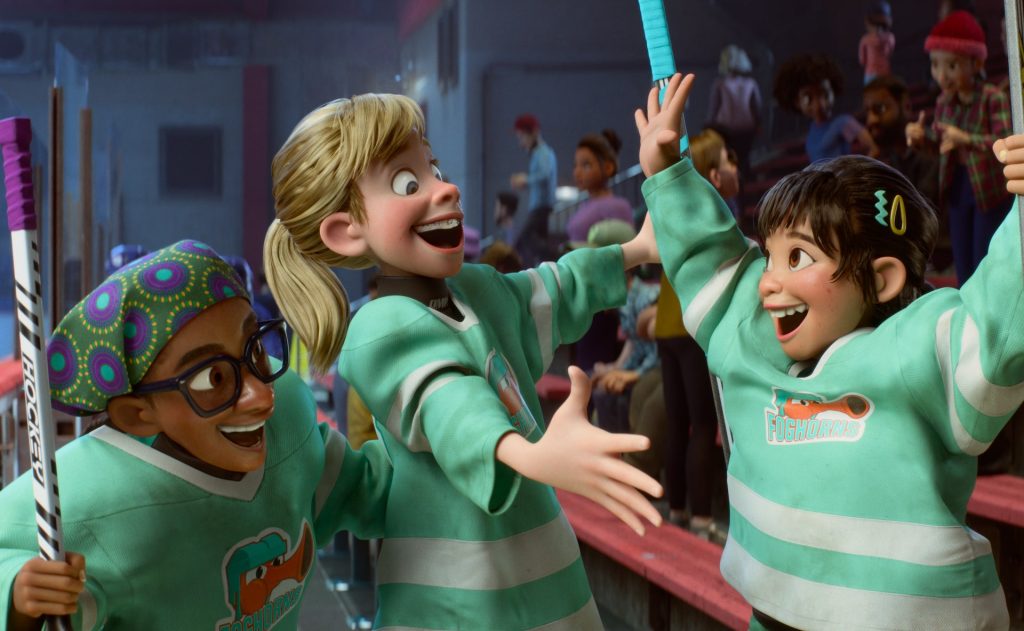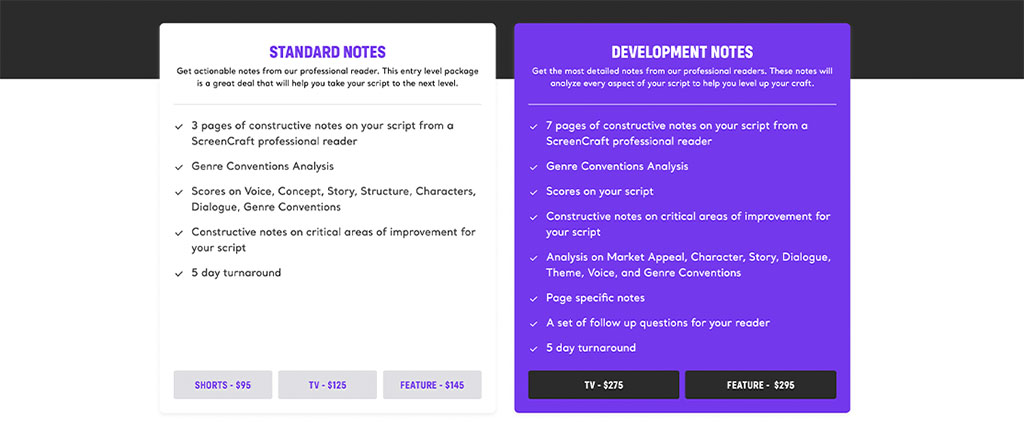Pixar’s Inside Out 2 is the highest-grossing film of the year, passing Denis Villeneuve’s Dune: Part Two. In just two weeks, the animated family sequel, which introduces new emotions as Riley (Kensington Tallman) enters her teenage years, earned $799 million at the global box office. Thanks to rave critical reviews and positive word-of-mouth, the Inside Out sequel became an instant hit and could be the first film to cross $1 billion in 2024.
While horror films have revitalized the box office this year, animated family films could be another golden ticket for studios if they are done right. Let’s look at what made Inside Out 2 this year’s big winner and what screenwriters can learn when they sit down to write an animated screenplay.
Inside Out 2 and the Road to Success
Meg LeFauve and Dave Holstein brought the big new chapter of Inside Out 2 to life. LeFauve returned to the project after successfully co-writing Inside Out with Pete Docter and Josh Cooley. With an in-depth understanding of the world in Riley’s head, LeFauve approached the sequel knowing what did and didn’t work.
Aging the story up with the fan base allowed LeFauve and Holstein to lead the story with Anxiety (Maya Hawke), an emotion many of the younger fans of the first film are now struggling to deal with daily nearly a decade later, and a feeling adults are all too familiar with. As teenage Riley embarks on a mission to impress the hockey coach and make the varsity team, Anxiety, Envy (Ayo Edebiri), and Embarrassment (Paul Walter Hauser) lead the way, pushing the other emotions to the back of Riley’s mind to become suppressed emotions.
The relatability of these emotions hits hard. Even better is that a group of teenagers, known as Riley’s Crew, worked with LeFauve and Holstein to discuss what did and didn’t work, making these emotions feel all the more grounded and emotionally vulnerable.
As Inside Out 2 steadily creeps up to $1 billion at the box office, let’s break down what makes this Pixar story work so well.

‘Inside Out 2’ (2024)
It’s Not Just About the Kids
What Pixar films do so well is bring complex ideas back to basics. Turning Red deals with generational trauma as pre-teen Mei-Mei tries to find a balance between honoring her family and herself. Toy Story 3 sees the toys seeking a new life to be loved and played with as Andy grows up and moves away from his childhood. Inside Out 2 deals with a bunch of confusing emotions that we all feel but often feel singular in the experience.
These stories are relatively simple, but the central question that holds the emotional structure together is what makes these films remarkable. The main question at the heart of Inside Out 2 is how joy can exist alongside new emotions, specifically anxiety.
Audiences—despite their age—crave stories that have meat on the bones. Inside Out 2’s substance comes from drawing on authentic experiences that feel true to reality and visually showing how anxiety can be harmful and helpful to us. From teenagers dealing with anxiety for the first time to adults who know the feeling all too well, it is a relief to see an aspect of yourself on the screen.
“In the story room, we’re always drawn toward what’s authentic and what feels true to the human experience. It takes a lot of balls in the air to make that happen, but it is always the intention to speak your truth to the audience so that they can receive it and have that catharsis with you,” LeFauve tells SELF.
The perfect balance most likely won’t exist in your first few outlines or drafts. Inside Out 2 went through many revisions to get the emotions right. Producer Mark Nielson told Collider that the first few passes of the film featured nine new emotions to overwhelm Joy, whose character creates movement in the structure, but these emotions proved to be too much. “There were so many emotions, and they all canceled each other out because you couldn’t keep up with everybody. And my first note from the first screening was simple,” Nielson said.
It’s been said time and time again, but you will have to kill your darlings if they are not serving the story. Simplifying the elements that go into your story can make it easier for the theme to shine, making a bigger impact on younger and older audiences alike.
Read More: The Secrets to Writing Successful Movies for the Whole Family

‘Inside Out 2’ (2024)
Quality Matters to Everyone
Pixar has developed a reputation for telling profoundly moving stories that cater to a diverse audience. These animated films about sentient toys, worlds ruled by cars, and the little emotions in our heads primarily target kids, but they do not forget about adults.
What makes Pixar even more notable is its ability to live up to expectations while building on existing worlds with its sequels. The highest-grossing Pixar films—Incredibles 2 ($1.2 billion), Toy Story 4 ($1.07 billion), and Finding Dory ($1.02 billion)—find a way to build on the original films’ universal themes while giving audiences something new from a world they already know.
The process of putting these movies together remains organic and messy (constantly adding and removing ideas), but personal experience and universality now drive the quality of these projects.
Kids are smart. Sure, some may not know what anxiety is when they watch Inside Out 2, but the film shows how anxiety works and how it will influence their lives. Adults who watch this will see the film as a toolkit for helping their kids see themselves on screen in a way that feels personal but universal.
This isn’t something that will just come to you as you sit down to outline your animated or family screenplay. Pixar’s process is constantly pulling the story apart and putting it back together until it feels right. This is where getting notes from professionals in the genre can help you out. ScreenCraft’s animation and family note service can provide you with the feedback you need to see if your screenplay strikes that magic balance that makes a film an instant hit like Inside Out 2.

‘Inside Out 2’ (2024)
—
Inside Out 2 was built to be a success largely because the team behind the first film returned for the sequel. They understand that simplifying the story, focusing on the central question, and emphasizing ideas that are personal and universal are what make a family film a celebrated event for adults, teens, and children.
Teaching someone to write a great animated feature is possible, but crafting a great screenplay requires time, dedication, and receiving outside perspective for notes. Don’t be afraid to swing big with your ideas, but don’t be afraid to kill your darlings and try again.
Read More: 15 Animated Movies That Will Teach You Better Screenwriting
Get actionable Animation Notes from a professional reader with real industry experience!
The post ‘Inside Out 2’ Breaks the Summer Box Office, Proving Story Is Still King appeared first on ScreenCraft.
Go to Source
Author: Alyssa Miller

